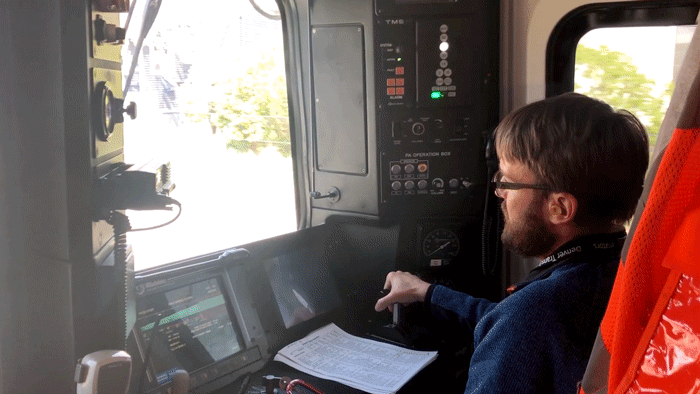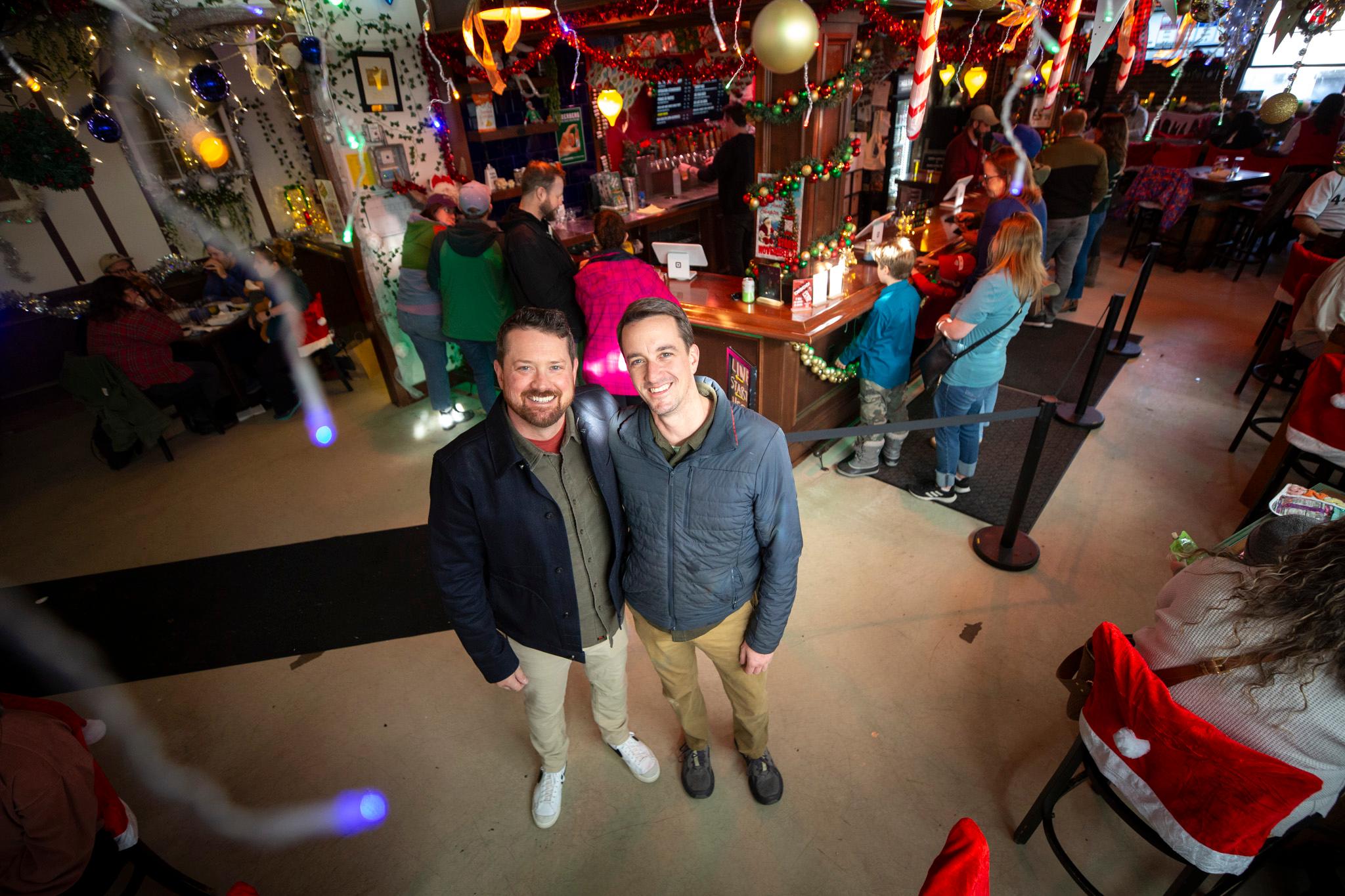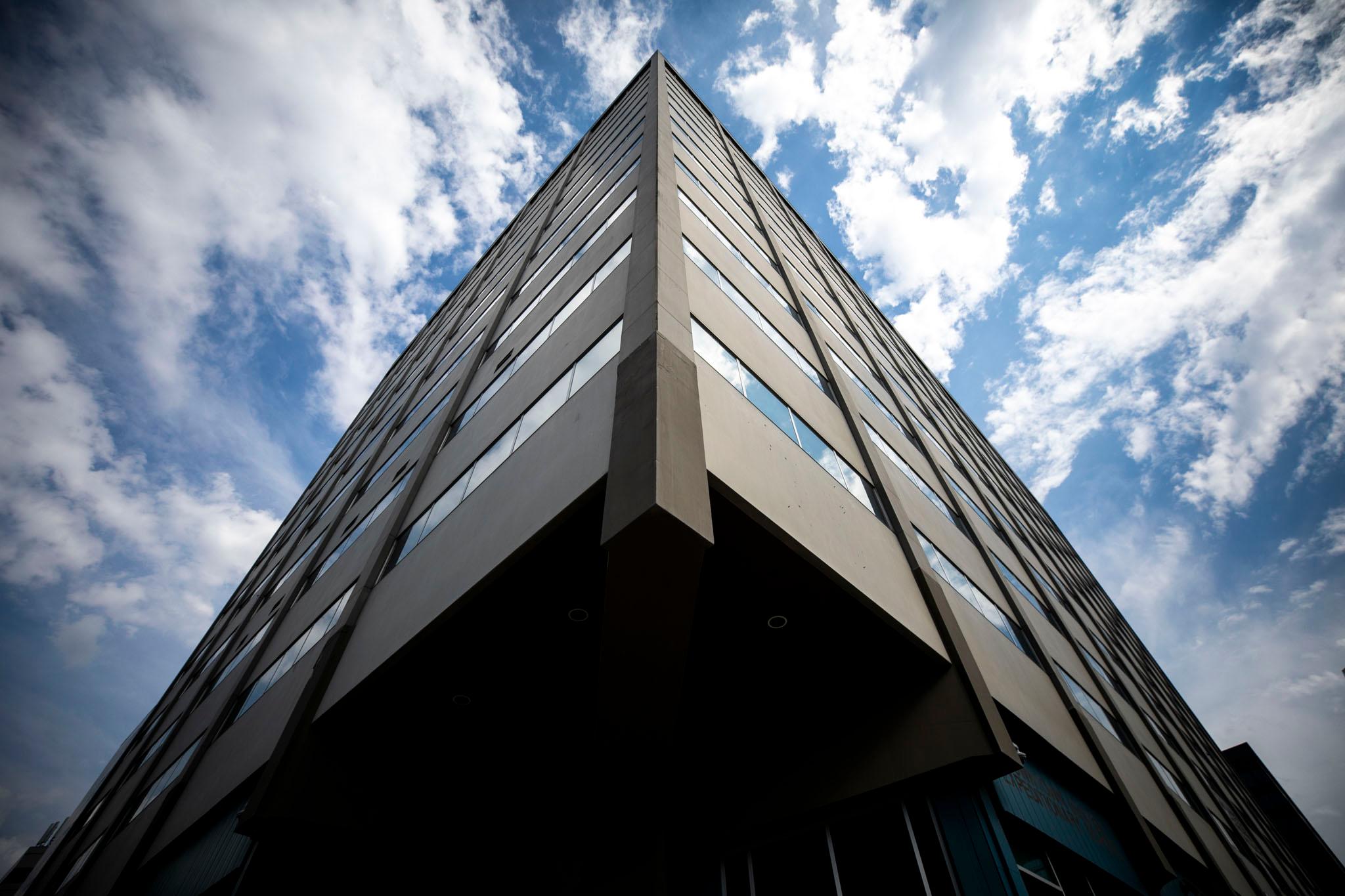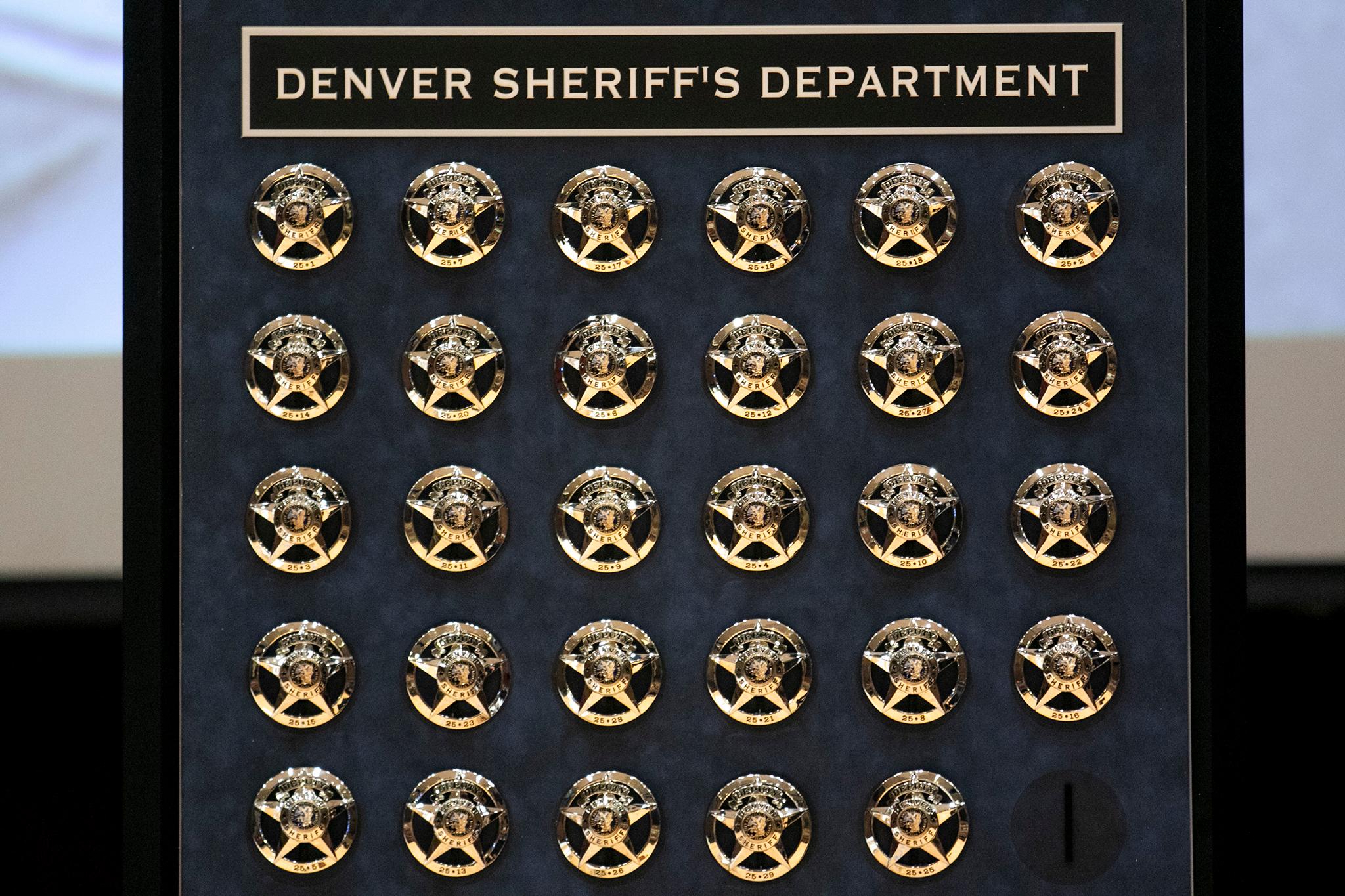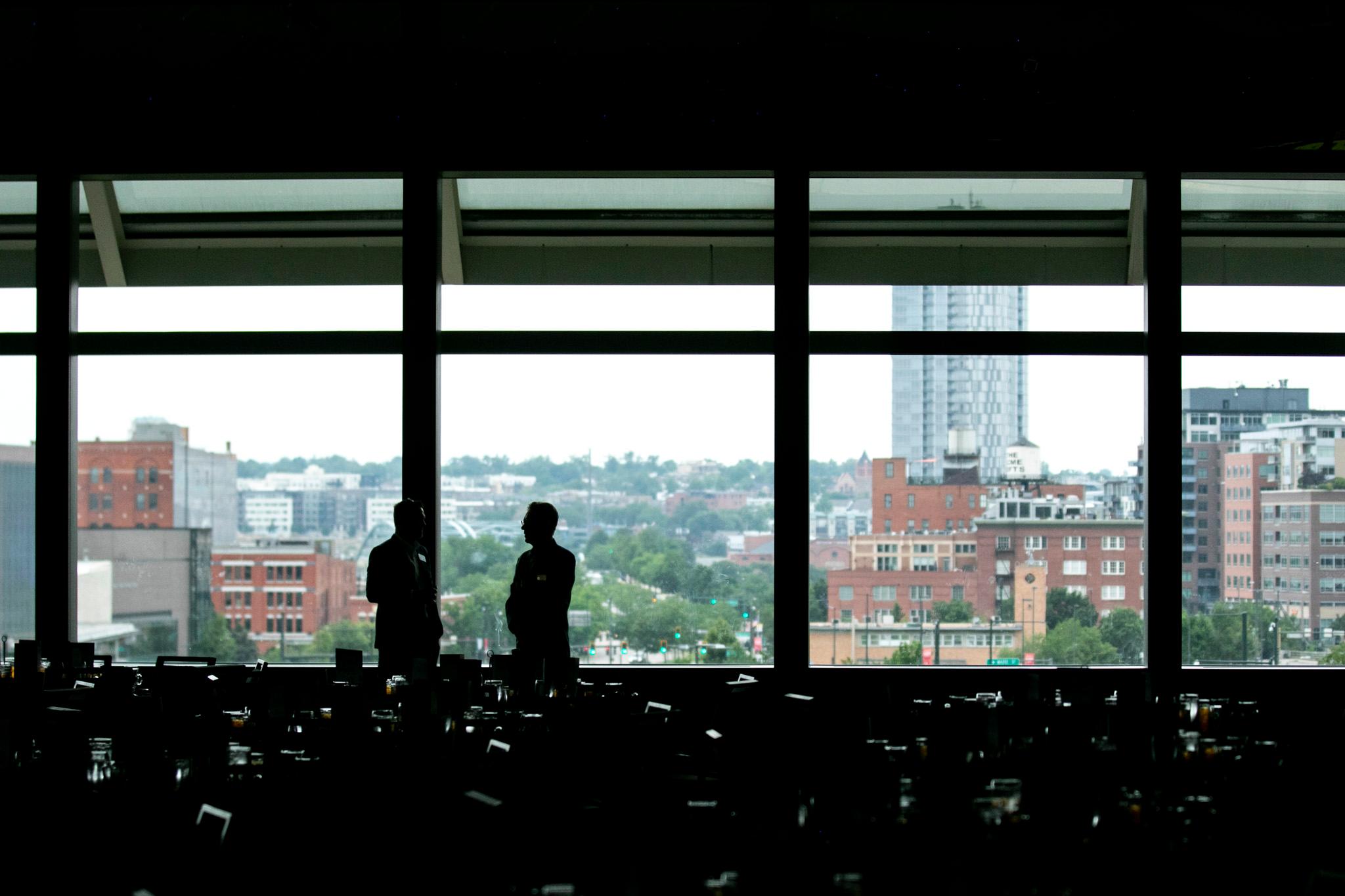Metro Denver's rail network will expand Friday when the G Line between downtown Denver and Wheat Ridge -- with stops including Olde Town Arvada -- starts carrying passengers more than two years after its scheduled opening date.
"It feels great," RTD General Manager and CEO Dave Genova said during a media train ride Tuesday. "It's exciting for our team to provide this service."
The transit agency's boss is also its biggest cheerleader. But Friday's opening is just the latest chapter in what has been a long, frustrating book for a lot of people.
In 2016, RTD shouted from the rooftops that it would open four rail lines in one year. It opened two -- the A Line to the airport and the B Line to Westminster -- while Aurora waited for its R Line and Arvada waited for its G Line. The R Line opened in 2017.
Now, after a saga starring government regulators, lawsuits and one very angry Arvada mayor, the G Line will finally begin serving people -- about 9,000 boardings a day, if RTD has its druthers.
The G Line comes pretty frequently.
Riders can expect trains every 15 minutes at all eight stations between about 6 a.m. and 6:30 p.m. Outside of those times, trains come every half-hour. The G Line runs from about 4 a.m. until midnight.
The idea is to make looking at a schedule unnecessary "like they do in most other parts of the world," RTD spokeswoman Laurie Huff said.
Globeville and Sunnyside now have a working train station.
RTD's 41st and Fox station will go from serving nobody to serving both the G Line and the B Line.
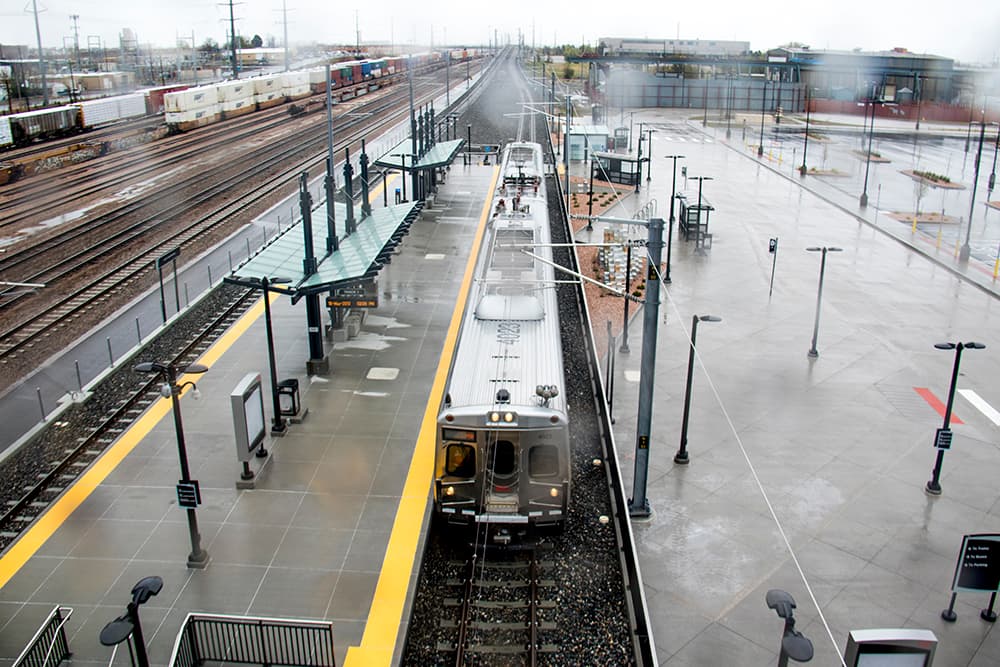
The constrained area city officials call "Fox Island" is developing into what plans say should be a transit-rich neighborhood with a compact cache of housing and businesses. It might get a Home Depot instead.
Will the G Line be useful to a lot of people?
A significant amount of sprawl surrounds the line. Agency officials say transit works best when people can easily access it. It makes sense to put a lot of homes and jobs around the stations so more people can take advantage of it and so RTD, a taxpayer-funded agency, gets a better return on its investment.
But with the exception of Union Station and Olde Town Arvada, the G Line's neighbors are mostly industrial plots, fields and single-family homes. RTD cannot force development on private property, but it does work with towns and cities to attract transit-friendly places, said Chessy Brady, RTD's manager of transit-oriented development.
"We always weigh in with TOD best practices," Brady said. "In general we have common goals. And of course sometimes their constituents or the community wants less density and more parking, which is against TOD best practices, but it's what the community wants."

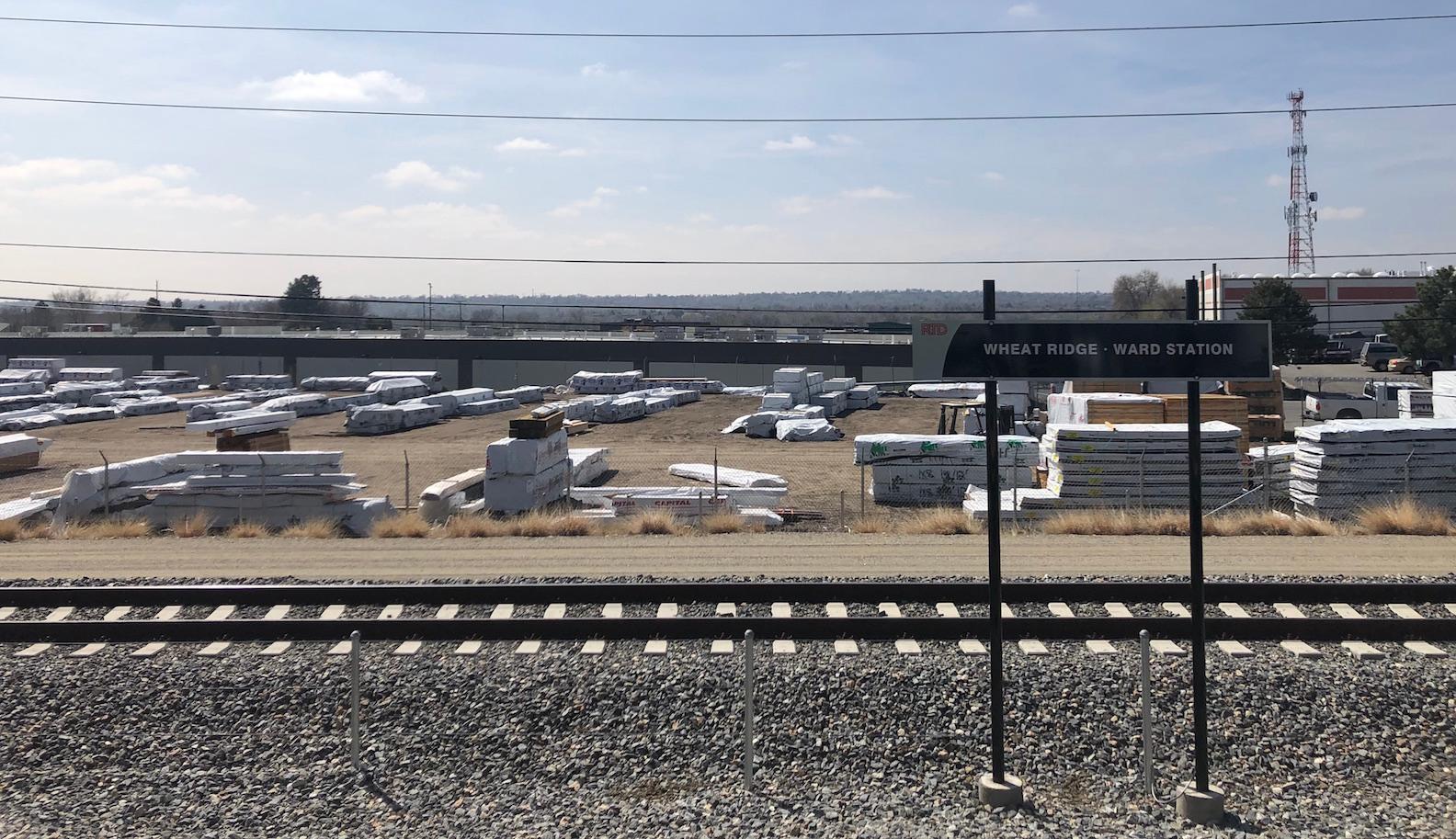
Excluding super-dense Union Station, 13 projects considered transit-oriented by the agency are either planned or have been built on the G Line, according to RTD's development map. RTD owns large park-and-rides at 41st and Fox and Wheat Ridge's Ward Station. The agency is considering leasing them for development, Brady said, but no solid plans exist.
Nearby bus routes will change, but not yet.
Montbello transit riders protested when RTD opened the A Line in 2016 and cut bus service the agency saw as redundant.
Bus service changes are coming around the G Line in August. RTD will eliminate "duplicative" routes, said Jessie Carter, head of service planning and scheduling, but will create new routes to complement the station.
"It's always going to be up to the opinion of the customer which one's gonna be more convenient," he said.
